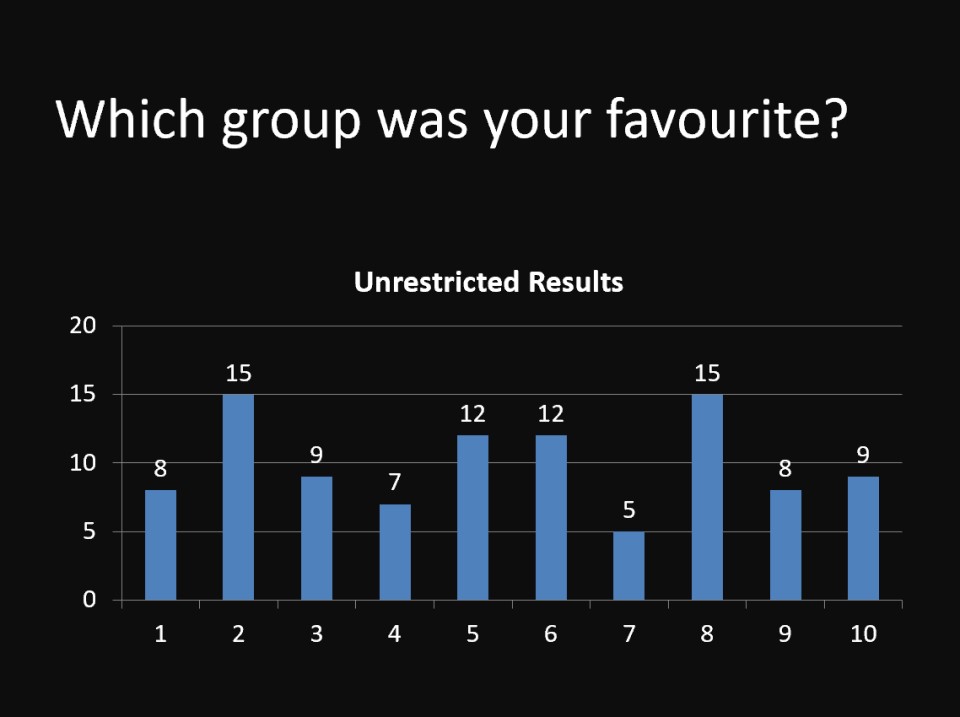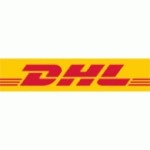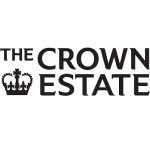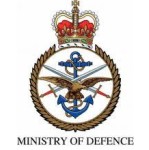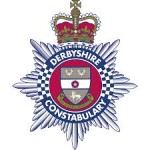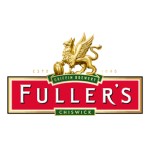“Can you do this for our TV show?”
Probably.
We love being asked difficult questions by potential clients. “Can your voting systems do this? Can your polling systems do that?” These requests challenge our programming skills and we usually learn something in the process.
When we are asked if our systems can perform an unusual task, occasionally we just don’t know. Our industry leading polling software have so many combinations of functions, not all combinations have been used by us. In these instances, we go away, plug in and experiment until we find something that works. Programming experience and event industry knowledge normally allow us to find a solution 99% of the time.
In this last month we have received three such questions that we’d like to share with you, without bogging you down with too much tech talk!
1. When contestants have answered a question, we want to know immediately which contestants got the wrong answer. Can you do that?
We received this request from a researcher for a television production company. The concept was for a quiz show where contestants were asked a multiple-choice question using keypads.
Among the multiple-choice options, there would be one ‘daft’ option that would warrant some mickey taking if anyone answered it. It was important for the production team to immediately identify who gave a daft answer. This enabled the comic host to be given license to tease them for their daft answer.
Solution:
Upload each contestant’s name and their numbered keypad to our system.
Make the daft answer the only option to be worth zero points. Create a scoreboard that starts at the with the lowest scores (zero in this case) so we can instantly see who scored zero for that question.

2. Is it possible for us to isolate people who gave certain answers and chat to them in between rounds?
This was a query from the producers of a different TV game show. This is similar to the previous query, however, they wanted to pick on a random contestant this time and not just the ones with the ‘daft’ answer. Again, it was important that the data they wanted was instantly available after contestants had answered the questions
We knew we could help the client with this, but there is more than one way to do this. We went away and designed a few solutions that would be the most simple way to present the data.
Solution:
We devised a table that showed us in batches, the scores contestants selected. We called this the ‘Response Summary’. That way if the producers wanted the host to pick on someone who chose option 3, they could instantly find a name.
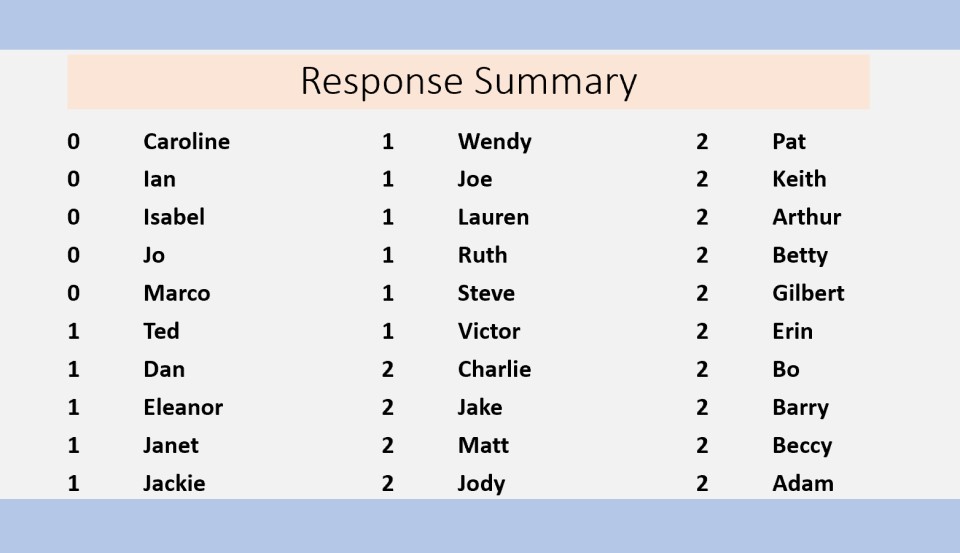
3. We don’t want the teams to vote for themselves.
This enquiry came from a teacher whose school are giving a Dragon’s Den style set of presentations. Ten teams of 10 students will tell all the other teams their ecologically friendly business idea. After the 10 presentations, each of the 100 students will vote for their favourite idea. However, the teacher is keen that the students do not vote for their own team.
Solution:
There is now way of describing how we did this without going too technical. It involved some high-level programming that was so advanced I had to call the software programmer for some assistance!
What we came up with was a table of total number of votes for each group. Each of the totals you see are little text boxes that have each been programmed to show votes excluding they’re own team.
An alternative would be for the audience to vote whilst the presenting team were still on stage without their keypads. This would be a 1-10, where 1 = poor and 10 = excellent. We would then instantly see who gained the highest average vote.
So please keep your questions and requests about our voting systems coming. 99 Percent of the time we can answer your questions immediately. However, if you have a very unusual or unique request, give us a few hours and we’ll do our best to make it happen.



